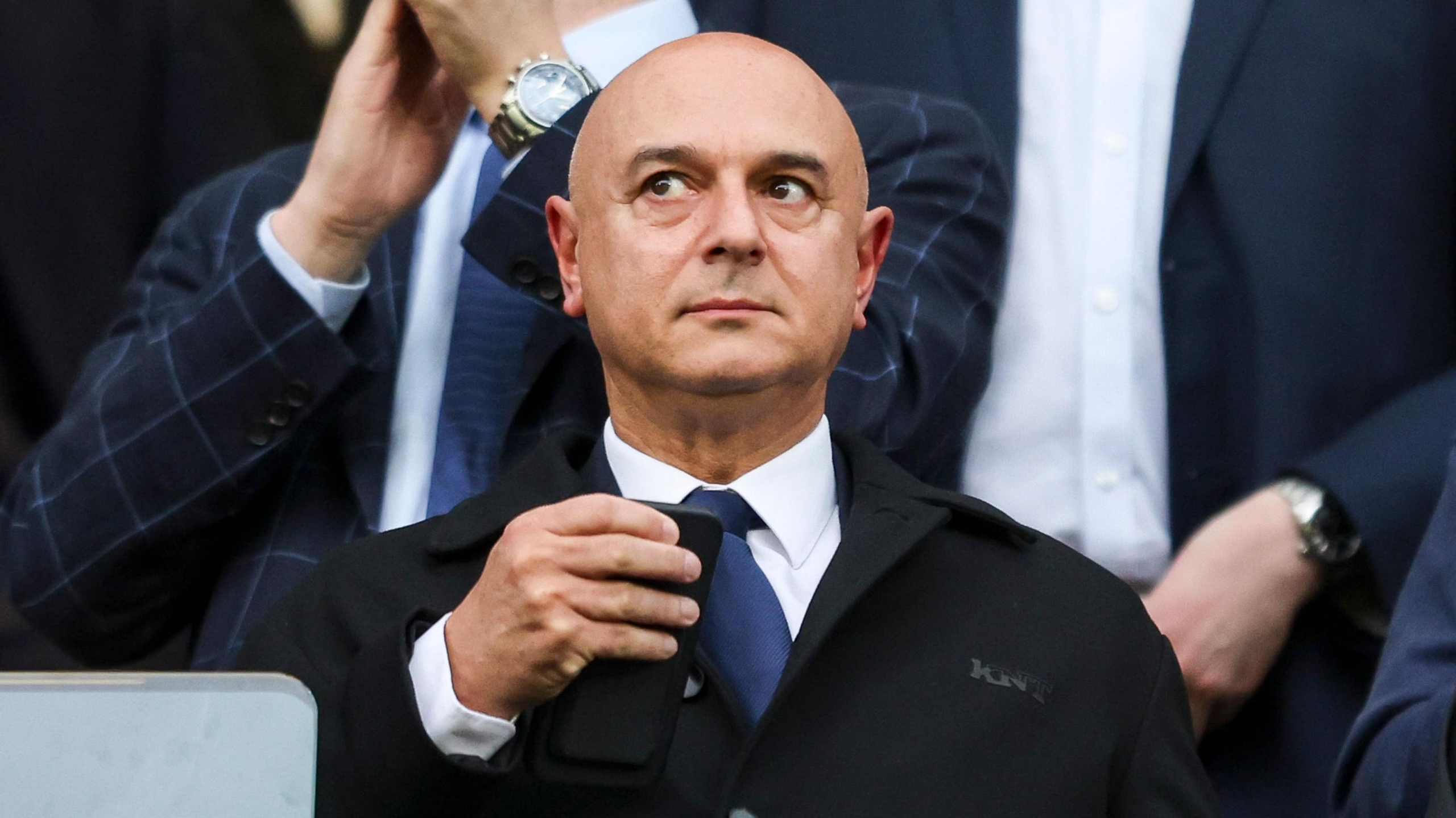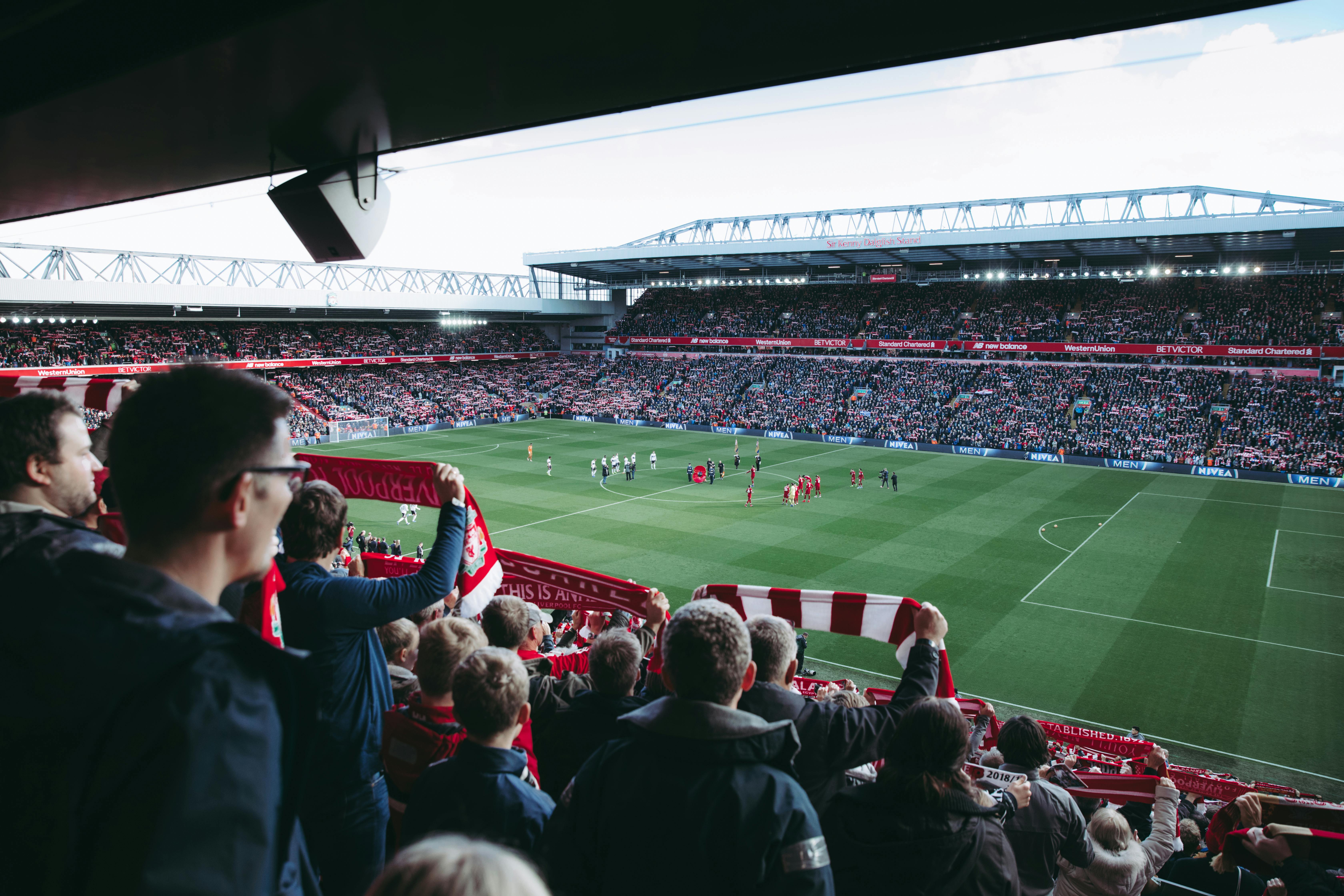With the Premier League transfer window already open early due to the Club World Cup, June 30 has once again become football’s financial deadline day. That’s when the books close on the 2024-25 financial year for most clubs and Profit and Sustainability Rules (PSR) are dictating just how much business they can do. Welcome to the era of Profit and Sustainability Rules (PSR) — where compliance can matter more than form.
Here’s a breakdown of where every Premier League club stands heading into the summer transfer window, how much financial wiggle room they really have, and which ones might be in panic mode come the June 30 accounting deadline.
Let’s dive into who’s flush, who’s sweating, and who might need a firesale.
What is PSR and Why Does June 30 Matter?
June 30 marks the end of the accounting period for the majority of Premier League clubs. It’s the deadline by which they must remain within PSR limits, which cap losses at £105m over three years or less, if clubs haven’t received equity injections. Deals done before that date count toward the 2024-25 financial year, making it a financial deadline day. Clubs are under pressure to sell assets to remain compliant, with some needing to book profits to avoid sanctions like point deductions.
🔹 Clubs Under Pressure
Aston Villa
Loss limit: £15m | Status: On a knife-edge
- Heavy recent spending and UEFA scrutiny have put Villa on edge.
- With Duran sold and Champions League income pocketed, they’re still on a knife-edge and must sell more this month.
- Villa lost £206.2m over the past two seasons and are believed to have breached UEFA’s cost rules already. Champions League income and sales of Duran helped, but they remain one of the most vulnerable clubs,especially after handing out big wages to January signing Asensio.
Everton
Loss limit: £39m | Status: Still sweating
- Past breaches and high operating losses mean Everton must stay lean.
- Onana’s sale last year helped, but they’re walking a fine line.
- Everton lost £142.3m pre-tax over the past two years and were docked points last season for PSR breaches. Even with the sale of Onana and reduced legal costs, they’re dancing close to the line. Another narrow escape is expected.
Leeds United
Loss limit: £42m | Status: Close
- Back in the top flight, Leeds are still bound by EFL PSR thresholds. Their sales of Rutter, Summerville, Kamara, and Kristensen have helped counteract big losses. Promotion bonuses don’t count against this year’s PSR total — a lucky break.
- Despite promotion, their EFL history restricts their limit.
- They’ve made good player sales and likely don’t need to panic, but they’ll be close to the edge.
Burnley
Required outcome: £20m profit | Status: Critical
- Burnley have made no equity injections and must show a profit this year. Their combined £64.4m loss over two years, small PSR deductions, and relegation-slashed income mean they’re walking a tightrope. Thankfully, £87.7m in player sales might just get them over the line
- A rare case where they must post a profit to stay compliant.
- Big sales last summer will help, but it’s tight.
Wolverhampton Wanderers
Loss limit: £56m | Status: Improved
- Wolves’ accounting shift to June 30 helped. Big losses were offset by over £100m in sales. They’ve moved from crisis mode to relative calm, no need for urgent deals this month
- Sold big (Ait Nouri, Neto, Cunha) to remain compliant.
- Operating losses still high, but they should now be safe.
Newcastle United
Loss limit: £83m | Status: Under control
- Newcastle’s sale of Anderson and Minteh was key to avoiding breach last year. With £70m in previous losses still in the PSR window, they need to continue selling smart (e.g. Almiron, Kelly) before June 30.
- Last year’s fire sale avoided a breach.
- This year is better, but they still need smart sales like to stay in the green.
Nottingham Forest
Loss limit: £85m | Status: Rebalancing
- After a 4-point deduction last year, Forest turned things around with £100m in player sale profits and a £10.1m pre-tax profit. Still, a lack of outbound deals this year means they can’t afford a repeat overspend.
- Point deductions last season raised alarms.
- Big sales pushed them back into the black, but they can’t afford a repeat overspend.
The Watchlist: Clubs Playing It Smart (But Still Tight)
Manchester United
Loss limit: £141m | Status: Recovered
- Ratcliffe’s equity injections raised their PSR loss limit to £105m. By using Red Football Ltd’s leaner accounts and removing foreign exchange/intra-group charges, United appear much healthier than the PLC numbers suggest.
- Thanks to Ratcliffe’s equity injection, they have breathing room.
- Stripping out intra-group costs keeps them compliant, even after a rough 2023-24.
Chelsea
Loss limit: £300m | Status: Domestically comfortable, UEFA trouble
- Chelsea’s PSR gymnastics — including intra-group sales of the women’s team and other assets — have kept them well under domestic limits. But UEFA doesn’t allow these tactics, and their European position is under review. Their summer spending will reflect that split.
- Domestically, no worries. UEFA is another matter.
- Their transfer gymnastics (selling the women’s team, internal sales) have created a PSR buffer.
Tottenham Hotspur
Loss limit: £277m | Status: Financial muscle
- Massive depreciation from their stadium inflates Spurs’ PSR cushion. Despite five consecutive pre-tax losses, they’re miles within limits. Champions League football helps too.
- Their issue isn’t PSR, it’s liquid cash to spend.
Liverpool
Loss limit: £75m | Status: Safe
- Liverpool’s worst financial year under FSG ownership saw a £57.1m pre-tax loss, but booming revenue and £41.9m in player sales should bring them safely into compliance. Their infrastructure and academy costs offer extra wiggle room.
- Worst-ever pre-tax result in 2023-24, but big player sales and booming revenue will keep them well safe.
West Ham United
Loss limit: £95m | Status: Settled
- The £100m Declan Rice sale created a £57.2m profit for 2023-24. Despite a reduced equity injection window, West Ham ended the year comfortably below their PSR limit. They’re safe and waiting for deals to close after July.
- Their quiet window so far makes sense: their financial year already closed (May 31).
Fulham
Loss limit: £77m | Status: Secure
- With £58.5m in losses over two years, Fulham remain under control. They’ve increased prize money and revenue from a revamped Craven Cottage, and their allowable deductions (e.g. stadium costs) are improving year-on-year.
- Big infrastructure costs and rising revenues mean PSR isn’t an issue.
In the Green Zone: Spend Freely
Brighton
Loss limit: £295m (possibly £385m) | Status: Bulletproof
- Brighton’s £208.4m in profit over the past two years makes them almost untouchable from a PSR standpoint. If owner Tony Bloom’s restructured debt is counted as equity, their loss limit soars to £385m. They have the most flexibility in the league.
- One of the best-run clubs in football.
- Massive profits and low costs mean they can spend big again if they choose.
Brentford
Loss limit: £58m | Status: Safe
- Brentford posted a small £1.3m profit across the last two seasons. Despite fewer allowable cost deductions, the £40m sale of Ivan Toney and improved Premier League prize money has solidified their PSR compliance. They’re one of the leanest and smartest operators.
- No immediate need to sell further.
Crystal Palace
Loss limit: £90m | Status: Clean
- With £65.3m in losses over the past two years but substantial allowable cost deductions, Palace are well within bounds. They’ve also generated £38.7m from sales (Olise, Andersen, Johnstone) post-June 2024. No reason for concern here.
- Good balance between income and cost control.
Bournemouth
Loss limit: £35m | Status: Stabilising
- A £71.4m loan write-off allowed Bournemouth to avoid breach last year. Despite losing £66.2m in 2023-24, strong player sales (including Dean Huijsen to Real Madrid) and a rise in prize money should keep them under the limit this time.
- After some scary numbers last year, big sales have restored calm.
Sunderland
Loss limit: £33m | Status: Fresh and clean
- With no recent equity injections, Sunderland have a tight loss cap. But small Championship losses, the £10m sale of Tommy Watson, and low operating costs mean they’re very unlikely to breach limits.
- Promoted with tidy books and savvy sales.
- PSR won’t be an issue in their first season up.
Arsenal
Loss limit: £97m | Status: Stable
- Arsenal’s only equity injection was £5.4m in 2023, meaning they don’t benefit from the full £105m loss limit. Still, they lost just £17.7m in 2023-24, offset by significant sales (Smith Rowe, Nketiah, Ramsdale) and an estimated £100m from their Champions League campaign. They should comfortably stay within bounds.
- Quiet equity injections reduce their PSR limit, but big Champions League cash and early sales make things safe.
Manchester City
Loss limit: £292m | Status: Fortress
- With £154.1m in pre-tax profits over two seasons and unmatched commercial income, City are PSR-proof. Losses from early European exits will be covered by Club World Cup cash.
- Commercial and competition income is staggering.
- No PSR concerns unless UEFA changes the rules entirely.
Clubs have until June 30 to sort their books. And if they don’t? Well, just ask Everton and Forest what happens next.
With PSR shaping the summer window as much as tactics and talent, the race to the June 30 deadline is well and truly on. For some clubs, it’s business as usual. For others, it’s time to balance the books, fast. At StatrDraft, we’ll be tracking the transfer ripple effects closely because every sale, loan, and panic buy changes your draft board.
Own the Draft. Own the League. Play the Statr Way.




Comments are closed